The Victorian Period
The Victorian period is named after Queen Victoria's reign, from 1837 until her death in 1901. The jewellery from this era reflects the emotions experienced by the Queen after the death of her beloved Prince Albert, as well as a focus on the natural world and the British Empire.
Victorian jewellery encompasses three periods of Queen Victoria's life: Romantic, Grand, and Aesthetic, which influenced all aspects of society, including jewellery. This era is characterised by a beloved Queen who cherished jewellery and a husband who played a significant role in designing many of her most renowned pieces.
.jpg)
The coronation of a young Queen Victoria in 1838 began a period of significant change and innovation. Victoria enthralled her subjects and influenced many things, including fashion, furniture, weddings, and jewellery. Victorian jewellery can be split into three distinct yet gradual style periods.
The early Victorian era, often called the 'Romantic Period,' reflected the Queen's early personal life. It was a time of marital bliss and joyous family life for Victoria. Her happiness was mirrored in the jewellery of the era. Pieces were adorned with intricate engravings, delicate enamel work, symbolism, and sentimental motifs, all of which captured the essence of the Romantic period.
As travel became more accessible, wealthy Victorians began to bring back souvenirs from their European trips, and jewellery, particularly bracelets featuring micro-mosaics depicting Roman scenes, became highly coveted.
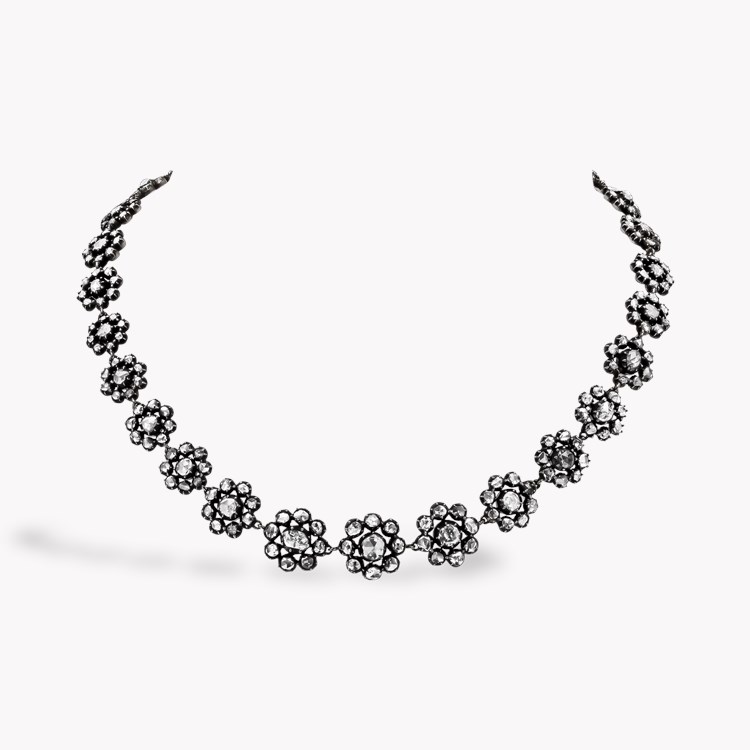
During the early Victorian era, diamonds were rare and expensive. After the exhaustion of the Indian Golconda diamond fields, Brazilian deposits were almost the only source. Other popular gemstones included natural pearls, rubies, sapphires, emeralds, amethyst, and topaz. Burmese rubies with a "pigeon's blood" red colour and Kashmir sapphires with a velvety blue hue gained legendary status due to their unique colour and rarity.
Influenced by the Queen, Victorians embraced the idea of jewellery as a sentimental object. Jewellery featuring hair became mainstream, sometimes considered mourning jewellery and sometimes simply a token of love. Acrostic rings, designed using a mix of coloured gemstones to spell words such as "Adore" and "Regard," were given as romantic gestures or to convey a secret message.
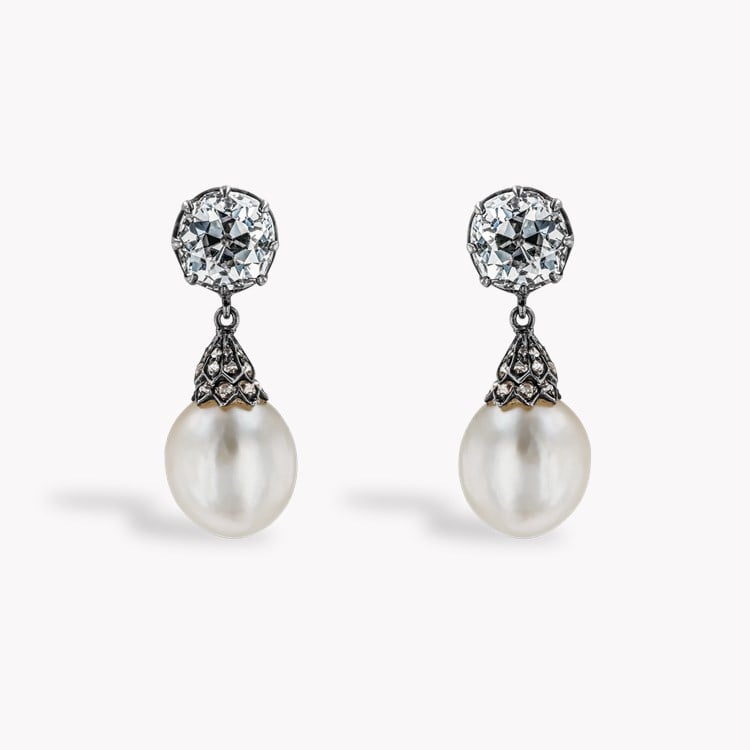
The ‘Grande’ period began in the 1860s with pieces crafted in Whitby jet and onyx, following the mourning protocol for black attire after the deaths of Queen Victoria’s mother and Prince Albert. A large proportion of Victorian jewellery was greatly influenced by the copying from antiquity & earlier historical periods, with other more ornate and celebratory pieces made in Roman and Etruscan revival styles—tiaras adorned with leaf garlands and earrings with decorated gold sphere drops. The Medieval & Gothic Revivals, along with early Renaissance romance, also played their part in influencing tastes.
After the discovery in 1867 of the Eureka Diamond, weighing 21.25 carats, the first South African diamond mines were opened, and so the demand for coloured gems decreased. This new source led to a greater supply of diamonds in Europe. Settings became less ornate, and the focus became the diamond.
By the 1870s, advances in machine-powered cutting techniques allowed diamonds to be cut with a round outline, making them the perfect centre stone for the Victorian star motifs in vogue. Natural pearls and diamonds were essential for evening attire, while ‘Gypsy’ rings featuring diamonds in engraved star settings became popular choices to keep valuable stones safe and protected.
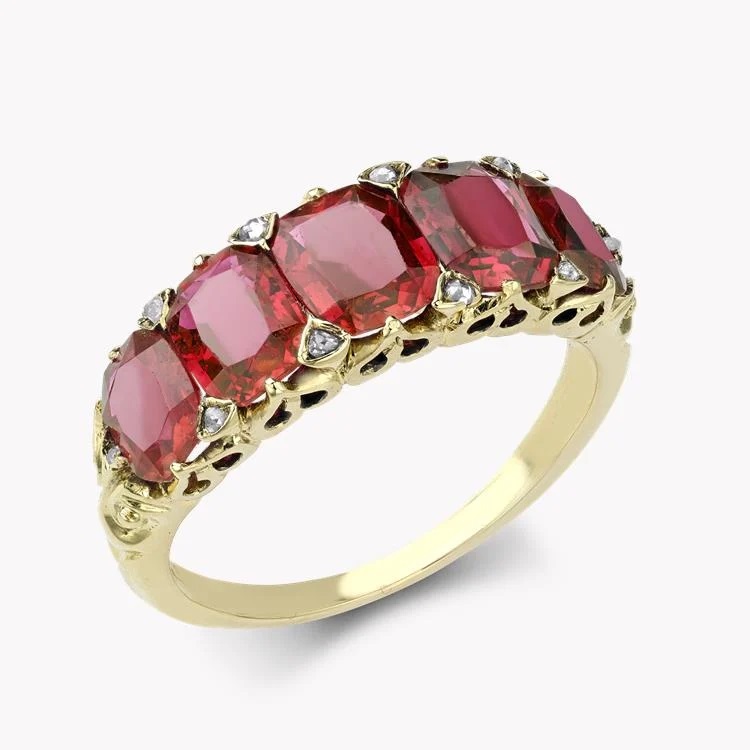
1885 began the ‘Aesthetic’ period, which ran until the death of Queen Victoria in 1901. Artists such as Charles Dan Gibson started to portray women in a new light. His sketches of fun-loving, so-called ‘Gibson girls’ with relaxed, coiffured hairstyles created a desire for hair combs and barrettes featuring gemstones and tortoiseshells. New sporting activities such as cycling made the want for large jewellery items wain; pearl stud earrings became a popular choice for daytime jewels, whilst diamonds were strictly reserved for the evening.
Following Queen Victoria’s death, much of her vast collection of jewels was entrusted to future English Queens. The coronation necklace, made for Queen Victoria in 1858, features cushion-cut diamonds and the 22ct Lahore diamond; queens and queen consorts have worn it at coronations since her death.
Victorian Jewellery at Pragnell
At Pragnell, we take pride in our heritage as a sixth-generation family jeweller. We are delighted to continue the tradition of presenting a thoughtfully selected array of intriguing and distinctive pieces from this remarkable era.
During the Victorian era, jewellery held a special place in the hearts of connoisseurs, especially the fashionable ladies of society, who adorned themselves with a diverse range of jewellery to complement various ensembles and occasions. Our exceptional collection of antique Victorian jewellery, each piece a testament to a bygone era, includes an array of rings, earrings, brooches, necklaces, and pendants.
We cater to a wide range of preferences, from dainty five-stone rings to sought-after signed creations by renowned artisans such as Gaston Lafitte and Carlo & Arthur Giuliano. We take particular pride in our extensive assortment of antique Victorian brooches, versatile jewels that can add flair and radiance to everyday attire, making them not just beautiful but practical too.
Antique CLP Page
Contact us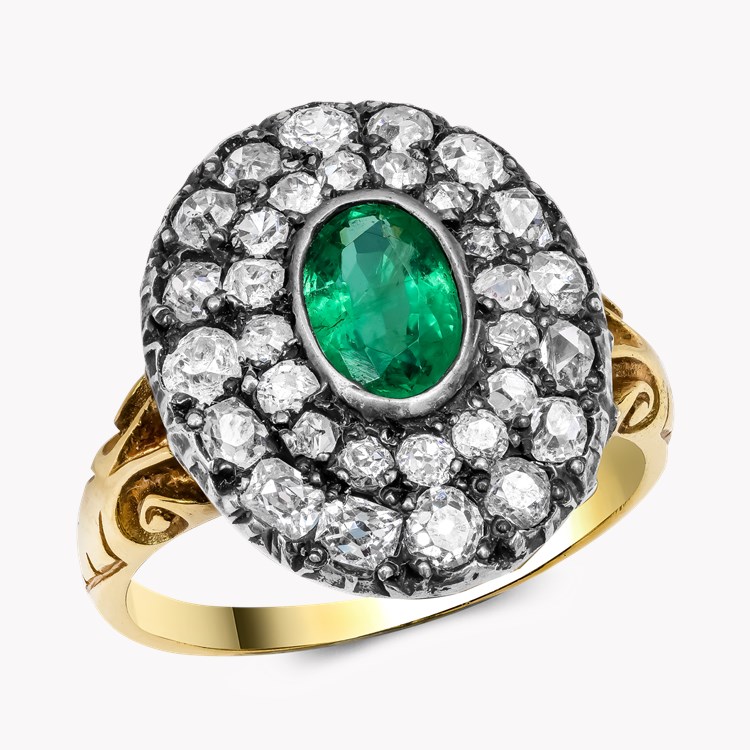
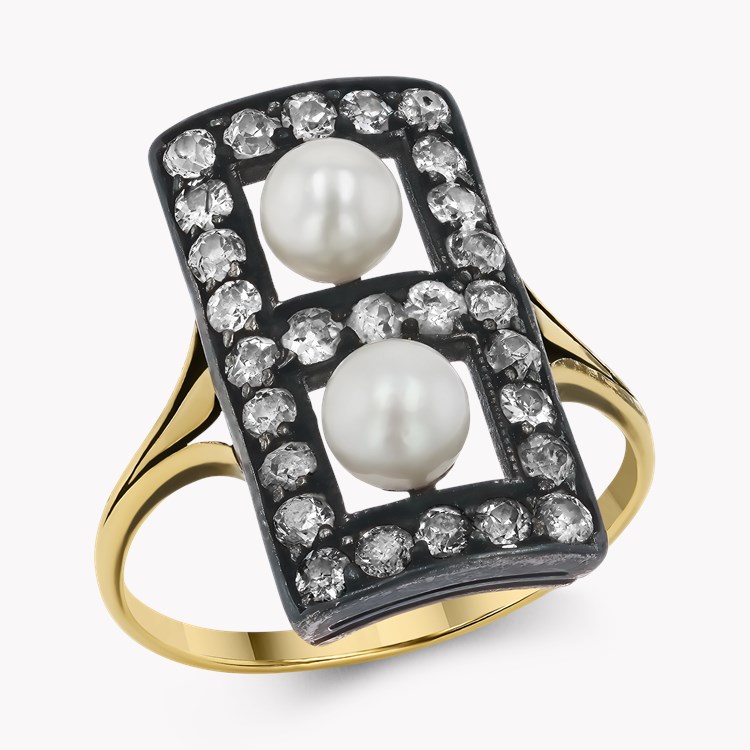
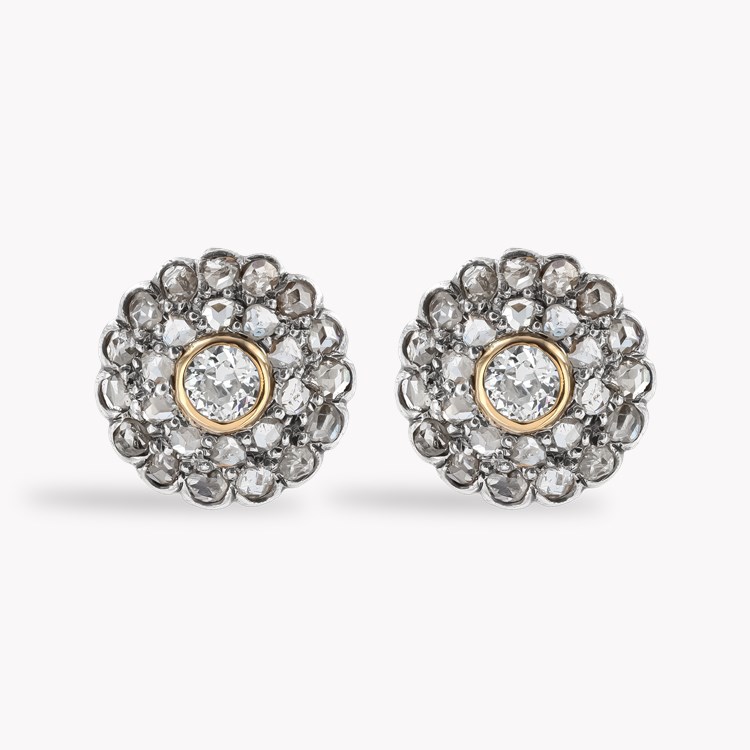
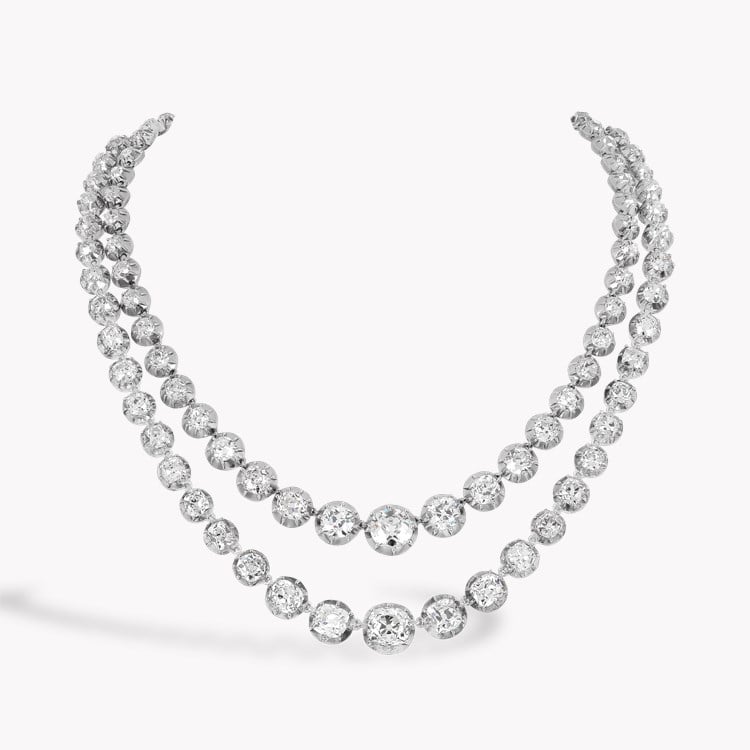
-(1).jpg)
-(1).jpg)